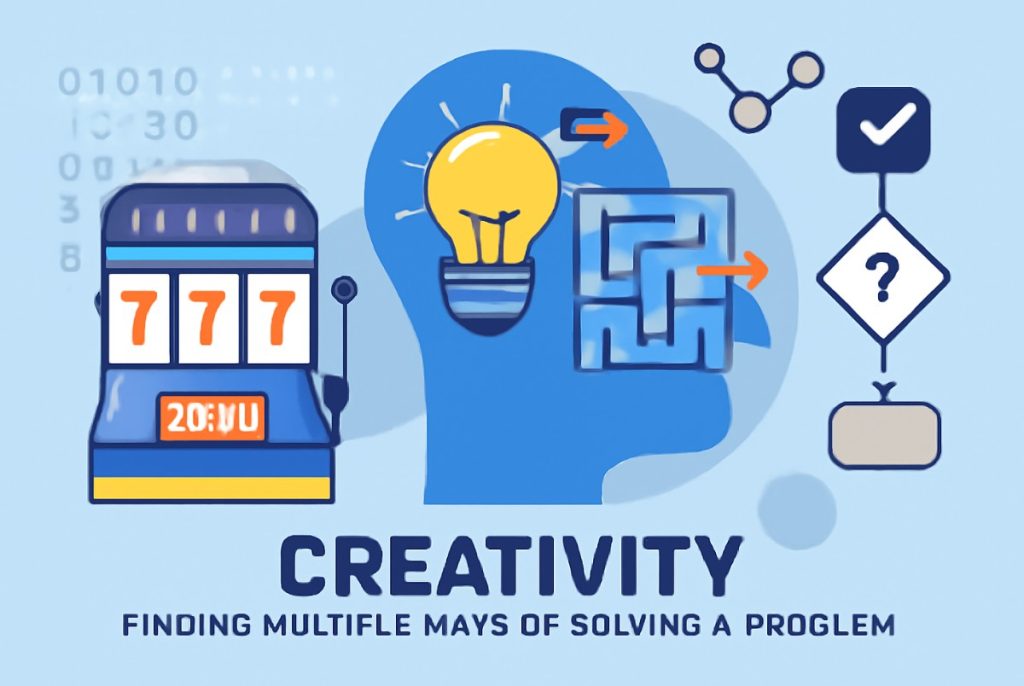Many students choose to study medicine because they have a strong desire to serve people and are interested in science and human health. One of the most prestigious and difficult career choices is becoming a doctor, which calls for years of academic preparation, practical clinical experience, and emotional fortitude.
However, despite the challenging path, some of the most talented and committed students are still drawn to medicine.
This is true not just in the US, but also all over the world, for example Australia, where students commit themselves to months of intense GAMSAT preparation to even be considered for medical school application.
Why Choose Medicine?
The motivations for choosing to pursue a career in medicine are as varied as the students themselves. Some draw inspiration from personal experiences, such as a loved one’s illness or a memorable interaction with a medical professional.
The intellectual challenge of comprehending the human body, identifying illnesses, and developing cures appeals to others. The way that medicine combines research, service, and human connection makes it special as well.
Beyond these incentives, working in medicine provides stability, a variety of specializations, and the chance to significantly improve people’s lives. From neurosurgery to general medicine, doctors are vital to society and frequently act as spokesman for patients and public health.
The Path to Medical School in the U.S.
In the United States, earning an undergraduate degree is usually the first step towards becoming a doctor. Students must finish a number of necessary courses, such as biology, chemistry, physics, and arithmetic, even though there isn’t a mandatory “pre-med” major.
Many students choose to major in biology or a related science, but others come from backgrounds in psychology, engineering, or even the humanities. In other countries such as Australia, students can study medicine even as their undergraduate degree, although the most common pathway to medicine is to do it through a postgraduate degree.
To be considered, students must sit the GAMSAT exam and get a good score, as well as sit through a medical school interview.
Aspiring doctors are required to take the Medical College Admission Test (MCAT), a standardized test that evaluates critical thinking, problem-solving abilities, and scientific idea understanding, after receiving a bachelor’s degree.
A high GPA, research experience, volunteer work, clinical exposure, and a high MCAT score can all help a student get into medical school.
The actual medical school program lasts four years. The basic sciences, including anatomy, physiology, pharmacology, and pathology, are the main focus of the first two years, which are normally classroom-based.
Clinical rotations in hospitals and clinics during the last two years give students practical exposure in a variety of specialties, including internal medicine, surgery, pediatrics, psychiatry, and more.
The Financial and Personal Expense

It’s critical to recognize that becoming a doctor in the United States is a financially and academically challenging journey. The years of training frequently postpone important life events like marriage, home ownership, or having a baby, and the average medical student graduates with more than $200,000 in student loan debt.
Furthermore, one should not undervalue the emotional toll that medical training takes. Because of their long hours and high-pressure work environment, medical students and residents frequently experience burnout, anxiety, and depression.
Thankfully, support networks are getting better and more focus is being placed on the welfare of physicians.
Is There Another Way?
A tiny but increasing percentage of American students are looking into international medical schools. There is one noteworthy other route in Australia, where the MCAT and the GAMSAT (Graduate Medical School Admissions Test) have comparable purposes.
The GAMSAT gives U.S. students with a bachelor’s degree the chance to apply overseas and is used by numerous graduate-entry medical programs in Australia, Ireland, and the UK. Australia’s world-class universities, global outlook, and easy graduate-entry procedures can make studying medicine there alluring.
However, students need to understand the conditions for obtaining a visa, the price of tuition abroad, and the steps involved in returning to the United States to practice medicine, which usually include applying for residency programs through the National Resident Matching Program (NRMP) and taking the USMLE tests.
The GAMSAT pathway has allowed some students to pursue their dream of becoming doctors, even though it’s not the best option for everyone. This is especially true for students from non-traditional backgrounds or those with restricted prospects in the United States.
Concluding remarks
Although becoming a doctor is a difficult and lenghty process, it is also one of the most fulfilling for those who feel called to the field. The capacity to heal, comfort, and change people’s lives is a unique honor, but the journey demands perseverance, sacrifice, and hard work.
A lifelong dedication to helping others is the end goal, regardless of whether you choose to study medicine in the US or via a different path like Australia’s GAMSAT program. The journey, no matter how lengthy, is worthwhile if it is the kind of objective that appeals to you.





